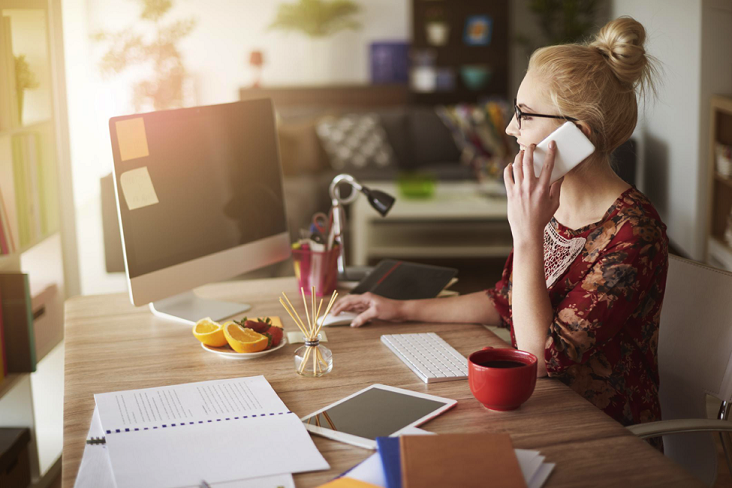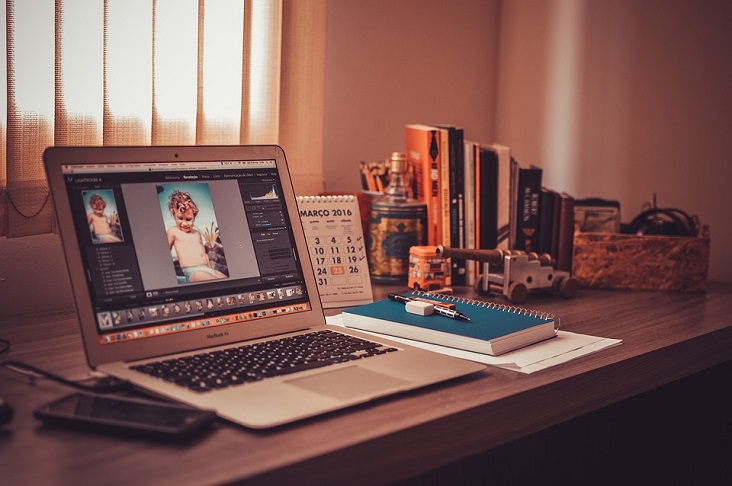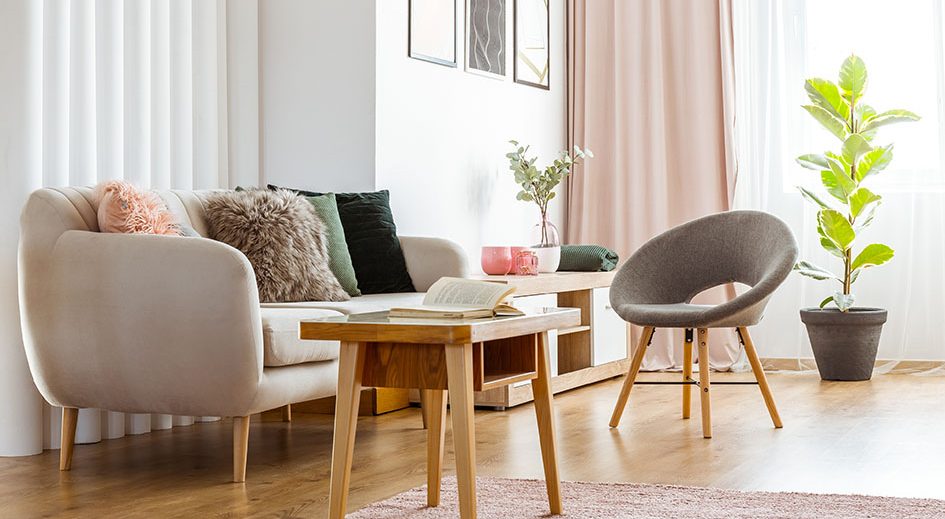Boss finally gave you the green light to work from home? Unfortunately, that means the burden of proof will be on you —you’ll need to show him or her that you can do quality work when you don’t have a supervisor across the hallway. The good news, though, is that you’re already on the right path to improved productivity: in surveys, an overwhelming amount of at-home workers —91 percent— say they get more done at home.
Still, there are distractions aplenty at home, which is why your office setup matters. In fact, all the elements —such as your room’s lighting, or your desk organization— can ultimately affect how well you stay on task. Here are some of the more off-the-beaten-path hacks we’ve seen to improve your home, or apartment, office productivity.
Remote Working and the Environment: Twin Pillars of Productivity
What’s good for the Earth is almost always good for your health, and by extension, your ability to churn out that report. In fact, more than 47 percent of the EPA’s employees regularly remote in, since home offices tend to save energy.
When you work from home, you have the ability to set up your station any way you’d like, which means you can choose those elements that best suit your working style. But you’ll want to direct your attention to the lighting in particular. A huge body of research indicates that exposure to daylight bolsters productivity. In one study, workers in daylighted offices received an average 46 more minutes of sleep a night. More restful nights correlate to improved performance and memory retention, so if you want to do your best work, choose a spot near a window when you set up your desk.

Daylighting your office in this way also means you’ll offset some of the energy used for artificial lights. But beware: older, failing windows can expose you to drafts and solar heat that can make working uncomfortable. Cold spaces, in particular, really hamper your efficiency. Take this Cornell study, for instance, that found that workers make 44 percent more mistakes when sitting in a cold room (68 degrees Fahrenheit) versus one at an ambient temperature (77 degrees). If the space around your office feels chilly or stuffy, it could be time for new windows —and to get you that technologic edge, you can use the Department of Energy’s ENERGY STAR product finder or a windows cost calculator to get started. Your productivity could depend on it!
Give Your Home Office the Clean Sweep
The first time I took the work-at-home plunge, I got this piece of advice: make your bed every morning as if you were going to the office. At the time that seemed pretty frivolous, but new evidence suggests that those tipsters might have been onto something. In surveys, bed-makers report higher satisfaction with their jobs and personal lives —while those with around-the-clock messy beds are less likely to own a home, go to the gym, or display other demonstrable signs of success.
While making the bed may not exactly be an instant guarantee of improved prosperity, it does hint at a larger issue: excess clutter. Decluttering may be the latest home craze, but there’s more to it than fads might leave you to believe. Clutter negatively impacts productivity. Scientific studies indicate that our brains have a hard time dealing with messy spaces. Maybe you think you’ve learned to tune out your background environment, but your brain is still processing external stimuli the whole time, and when that stimuli gets to be too much, it can drain mental energy away from your current task.

To avoid clutter brain drain, you’ll want to invest in quality storage equipment —pieces with drawers, since open shelving can create just as much competing stimuli for your mind. In fact, since worker surveys show that office workers waste an average half an hour a week just looking for misplaced items, you might want to invest in a good organization system —like the Sortly app. Additionally, since clutter is largely the result of days or weeks of accumulation of stuff, perform a quick sweep at the end of every day. It may take a few extra minutes, but you’ll be glad when you start the day in a clean, clutter-free workspace.
Want to Get More Done? Stop Working So Much
Life in an office has a natural rhythm —come in at 8:00, leave at 5:00, break to get coffee at 3:00, have your daily team meeting at 11:00. There are predictable markers that break up your day and force you to step away from your desk.

But when you work from home, a lot of your scheduling is up to you, which means you may be tempted to burn the midnight oil or spend hours chained to your desk. However, all work and no play doesn’t just make you dull —it’s a recipe for burnout. The verdict on breaks is unanimous: researchers say that your cognitive ability on any day is a limited resource. If you drain too much out of the pool or don’t stop to replenish yourself, you won’t have a whole lot of brainpower left over.
[tweetthis]Is your home office the most efficient it can be? [/tweetthis]
Without the regulating influence of in-office activities, it’s easy to overwork yourself —especially if you’re coding, designing, or doing any kind of creative problem solving. Instead, give yourself a “break room” —a spot in your home that’s away from your desk where you can get away from your current tasks. Fill this spot with energizing distractions like books and brain puzzles —anything that doesn’t involve screen time. Need help tracking your breaks? The Awareness app records the amount of time you spend in front of your laptop, gently reminding you that it’s time to stand up and shake your legs out. After all, when you work from home, any break is a good break.

